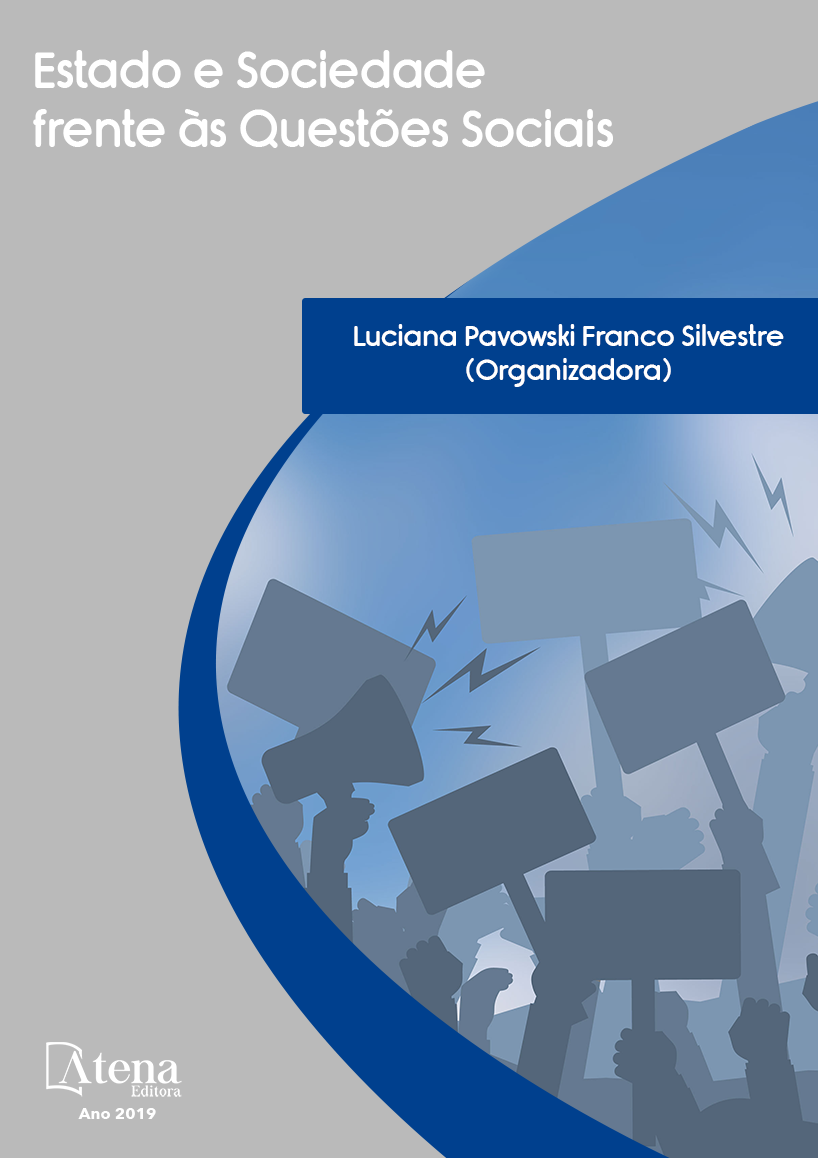
O GOVERNO DO ESTADO DE PERNAMBUCO ADOTA A AGENDA 2030 EM SUA ESTRATÉGIA PÚBLICA?
O principal objetivo deste artigo
é analisar de que maneira o Governo
Pernambucano adota em sua estratégia
pública a Agenda 2030. Essa nova agenda de
desenvolvimento mundial contém os 17 Objetivos
de Desenvolvimento Sustentável (ODS)
pactuados por 193 países-membros das Nações
Unidas em 2015. Tais objetivos apresentamse
como diretrizes para o desdobramento de
políticas públicas internacionais, nacionais e
subnacionais. A estratégia pública, por sua vez,
compreende os instrumentos de planejamento
que visam atender aos desafios públicos. Para
o desenvolvimento desta pesquisa, foi aplicado
o método análise de conteúdo, a partir de uma
abordagem qualitativa. Metodologicamente, o
desenho de pesquisa compara o conteúdo de
seis documentos: o Plano Plurianual (2016-
2019), Pernambuco 2035 - Visão de Futuro,
Mapa da Estratégia (2015-2018), os Programas
de Governo (2015-2018 e 2019-2022) e a
Agenda 2030. Em particular, realizou-se uma
busca por palavras-chaves dos 17 objetivos do
ODS para estimar a incidência das principais
temáticas nos documentos que transmitem
a estratégia pública. As principais evidências
indicam que: 1. O Governo não adota de forma
explicita os ODS; 2. É dada ênfase a alguns
temas, indústria, inovação e infraestrutura;
saúde e bem-estar; água potável e saneamento;
educação de qualidade; e paz, justiça e
instituições eficazes; enquanto outros temas
foram negligenciados. 3. O Plano Plurianual é o
documento com maior incidência dos ODS. Este
trabalho contribui para fundamentar estudos
sobre ODS e Estratégia de Governo, assim
como para orientar a formulação de políticas
públicas e identificar o nexo regional-global de
um governo.
O GOVERNO DO ESTADO DE PERNAMBUCO ADOTA A AGENDA 2030 EM SUA ESTRATÉGIA PÚBLICA?
-
DOI: 10.22533/at.ed.01419211110
-
Palavras-chave: Agenda 2030; Objetivos de Desenvolvimento Sustentável; Estratégia Pública; Análise de Conteúdo; e Estudo de Caso.
-
Keywords: 2030 Agenda; Sustainable Development Goals; Public strategy; Content analysis; and Case Study.
-
Abstract:
The main objective of this article
is to analyze how the Pernambuco Government
adopts in its public strategy the 2030 Agenda.
This new world development agenda contains
the 17 Sustainable Development Goals (SDGs)
agreed by 193 United Nations member countries
in 2015. These objectives are presented as
Estado e Sociedade frente as Questões Sociais Capítulo 10 117
guidelines for the deployment of international, national and subnational public policies.
The public strategy comprises the planning instruments that aim to meet the public
challenges. For the development of this research, it was applied the content analysis
method, from a qualitative approach. Methodologically, the research design compares
the content of six documents: the Multiannual Plan (2016-2019), Pernambuco 2035
- Future Vision, Strategy Map (2015-2018), Government Programs (2015-2018 and
2019-2022) and the 2030 Agenda. In particular, a search for key words from the 17
SDGs was conducted to estimate the incidence of key themes in the documents that
convey the government's public strategy. The main evidence indicates that: 1. The
Government does not explicitly adopt the SDGs; 2. Emphasis is placed on some
themes, industry, innovation and infrastructure; health and wellness; drinking water
and sanitation; quality education; and peace, justice and effective institutions; while
other themes were neglected. 3. The Multiannual Plan is the document with the highest
incidence of SDGs. This work contributes to the foundation of studies on SDGs and
Government Strategy, as well as to guide the formulation of public policies and to
identify the regional-global nexus of a government.
-
Número de páginas: 15
- Candido Pereira


